
Copernical Team
Mission Control GO for EarthCARE launch
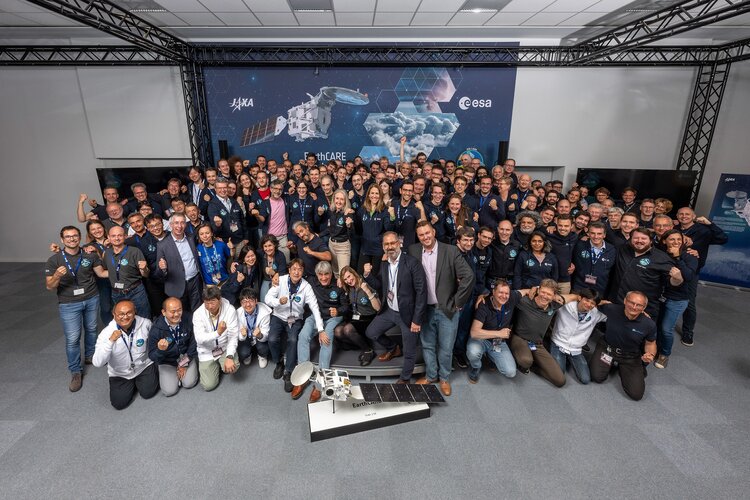 Image:
Mission Control GO for EarthCARE launch
Image:
Mission Control GO for EarthCARE launch ESA’s Solar Orbiter traces solar wind to its source
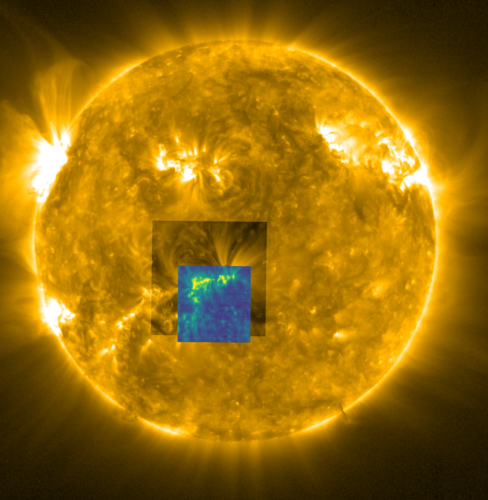
ESA’s Solar Orbiter made the first ever connection between measurements of the solar wind around a spacecraft to high-resolution images of the Sun’s surface at a close distance. The success opens a new way for solar physicists to study the source regions of the solar wind.
EarthCARE ready for launch
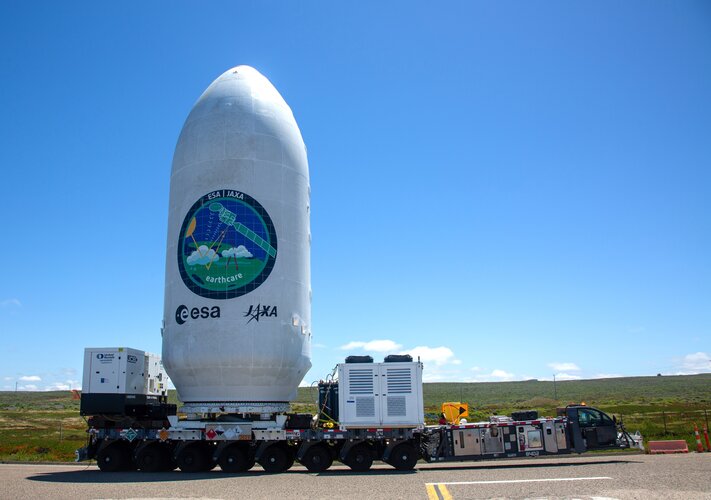
With liftoff now set for 29 May at 00:20 CEST (28 May, 15:20 local time), ESA’s EarthCARE satellite ready for launch at the Vandenberg Space Force Base in California. Once in orbit, this new satellite is set to revolutionise our understanding of how clouds and aerosols affect Earth’s climate.
Fish are adapting to weightlessness on the Chinese space station

Four zebrafish are alive and well after nearly a month in space aboard China's Tiangong space station. As part of an experiment testing the development of vertebrates in microgravity, the fish live and swim within a small habitat aboard the station.
While the zebrafish have thus far survived, they are showing some signs of disorientation. The taikonauts aboard Tiangong—Ye Guangfu, Li Cong, and Li Guangsu—have reported instances of swimming upside down, backward, and in circular motions, suggesting that microgravity is having an effect on their spatial awareness.
The zebrafish were launched aboard Shenzhou-18, which carried them, as well as a batch of hornwort, to orbit on April 25, 2024. The aim of the project is to create a self-sustaining ecosystem, studying the effects of both microgravity and radiation on the development and growth of these species.
As a test subject, zebrafish have several advantages.
Starlinks can produce surprisingly bright flares for pilots
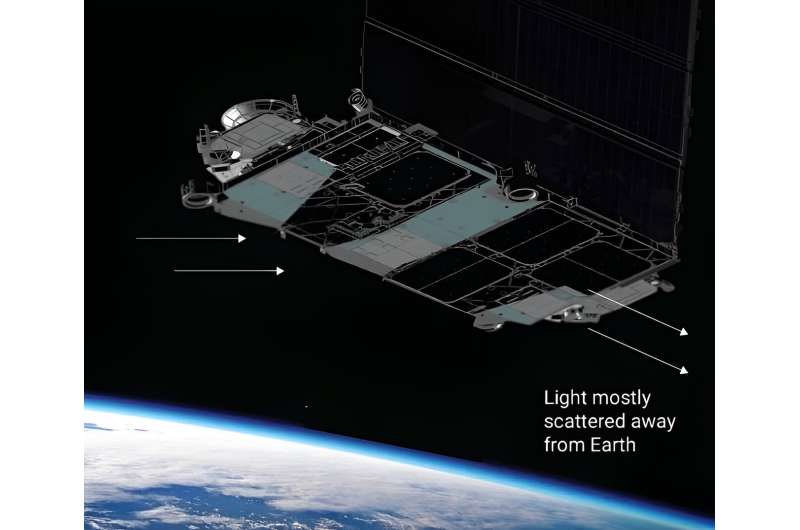
How can sunlight reflecting off SpaceX's Starlink satellites interfere with ground-based operations? This is what a study recently posted to the arXiv preprint server hopes to address as a pair of researchers investigate how Starlink satellites appear brighter—which the researchers also refer to as flaring—to observers on Earth when the sun is at certain angles, along with discussing past incidents of how this brightness has influenced aerial operations on Earth.
This study holds the potential to help spacecraft manufacturers design and develop specific methods to prevent increased brightness levels, which would help alleviate confusion for observers on Earth regarding the source of the brightness and the objects in question.
Here, Universe Today discusses this research with Anthony Mallama of the IAU—Center for the Protection of Dark and Quiet Skies from Satellite Constellation Interference regarding the motivation behind the study, significant results, potential follow-up studies, importance of studying Starlink satellite brightness, and implications for managing satellite constellations in the future.
Last look at EarthCARE
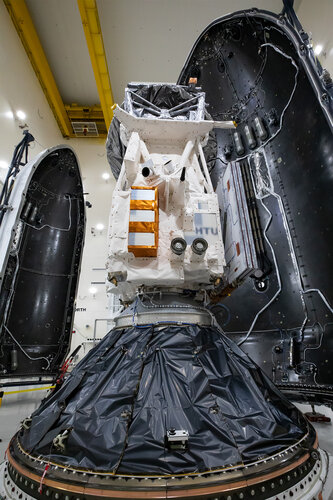 Image:
Last look at EarthCARE
Image:
Last look at EarthCARE Saudi fund launches new group to boost space industry
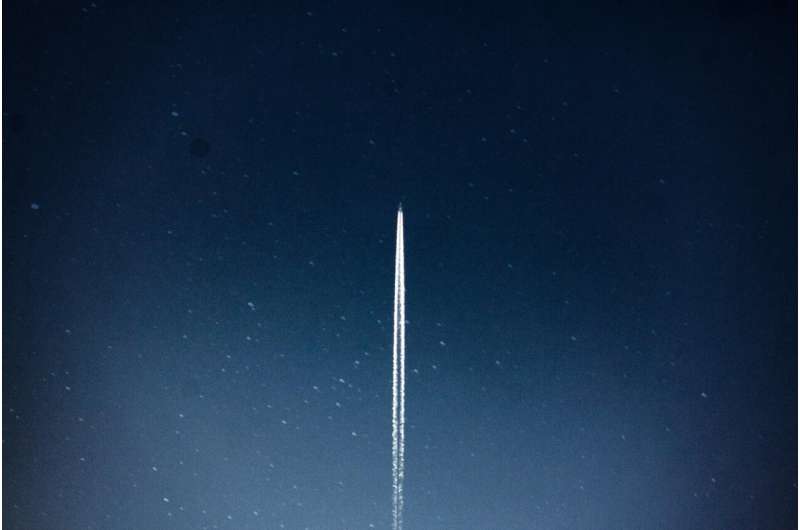
Saudi Arabia's Public Investment Fund (PIF)on Monday launched the Neo Space Group to work on the kingdom's nascent satellite and space industry, its first investment in the sector.
One of the world's largest sovereign wealth funds, the PIF has already invested heavily in sports, gaming and so-called Saudi giga-projects including Neom, a $500-billion futuristic megacity under construction in the desert.
The Neo Space Group or NSG is the "PIF's first investment focused on the space industry", the sovereign wealth fund said in a statement.
It "aims to develop and enhance commercial space operations in Saudi Arabia, providing innovative satellite and space solutions locally and globally", the PIF said.
It will also "invest in localization, technology, start-ups, and knowledge in the space and satellite sector in Saudi Arabia" in the latest bid to boost economic diversification.
Under Crown Prince Mohammed bin Salman, the de facto ruler, Saudi Arabia has sought both to open up and diversify its oil-reliant economy.
From world-class footballers to a new national airline and even a speciality shop serving camel milk gelato, the PIF has splashed billions on acquisitions intended to support diversification.
NASA's Europa Clipper makes cross-country flight to Florida
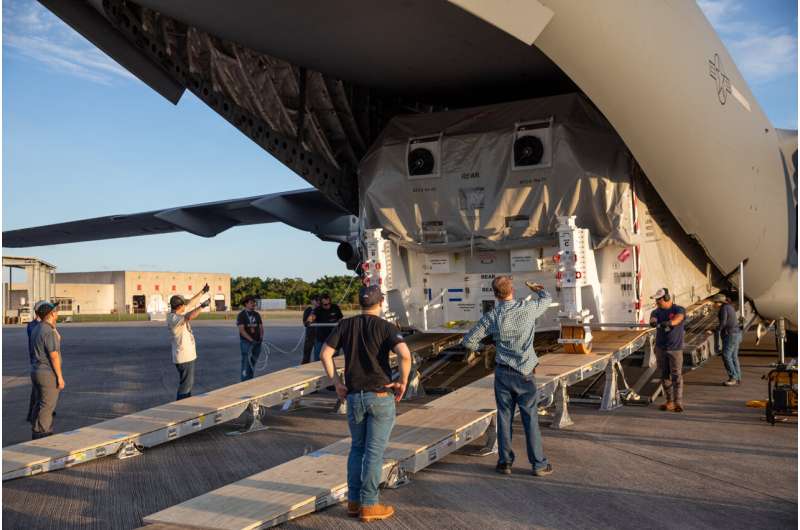
Assembled at NASA's Jet Propulsion Laboratory in Southern California, the spacecraft arrived at the agency's Kennedy Space Center in Florida on May 23 for launch preparations.
NASA's Europa Clipper, a spacecraft designed to investigate Jupiter's icy moon Europa and its potential to support life, arrived in Florida on Thursday, May 23. The spacecraft, assembled at NASA's Jet Propulsion Laboratory in Southern California, landed aboard a United States Air Force C-17 Globemaster III aircraft at the Launch and Landing Facility at NASA's Kennedy Space Center.
Ariane 6 infographic: participating states
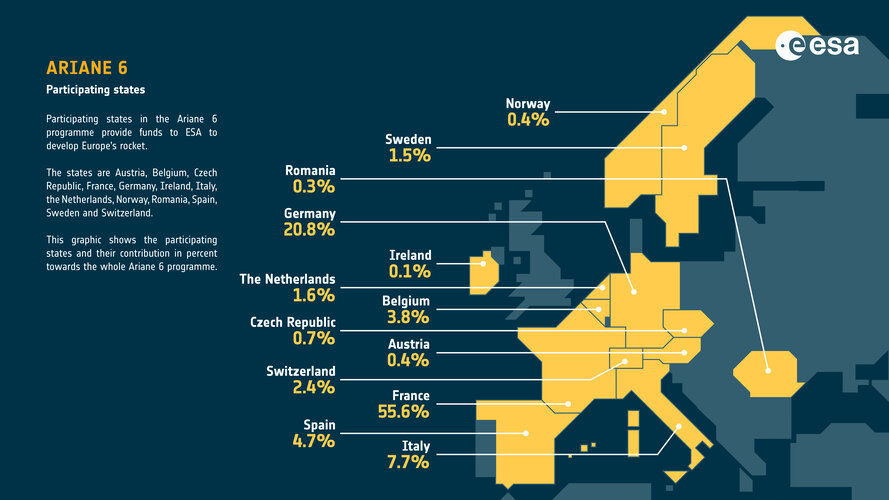 Image:
Ariane 6 infographic: participating states
Image:
Ariane 6 infographic: participating states Unlocking the secrets of supercritical fluids
 A study now published in Nature Communications provides new insights into the behavior of supercritical fluids, a state of matter between liquids and gases, with applications ranging from the pharmaceutical industry to planetary science. The findings, achieved at the Institut Laue Langevin (ILL), were at the limits of current experimental possibilities.
A supercritical fluid is a substance
A study now published in Nature Communications provides new insights into the behavior of supercritical fluids, a state of matter between liquids and gases, with applications ranging from the pharmaceutical industry to planetary science. The findings, achieved at the Institut Laue Langevin (ILL), were at the limits of current experimental possibilities.
A supercritical fluid is a substance 
